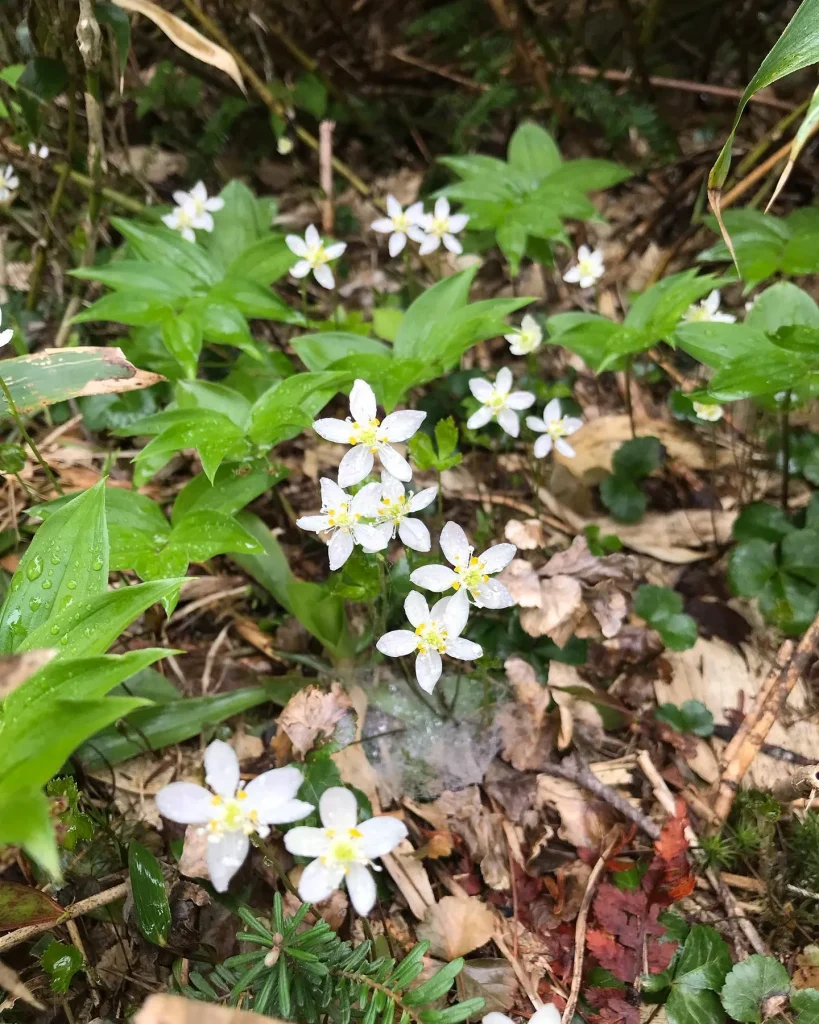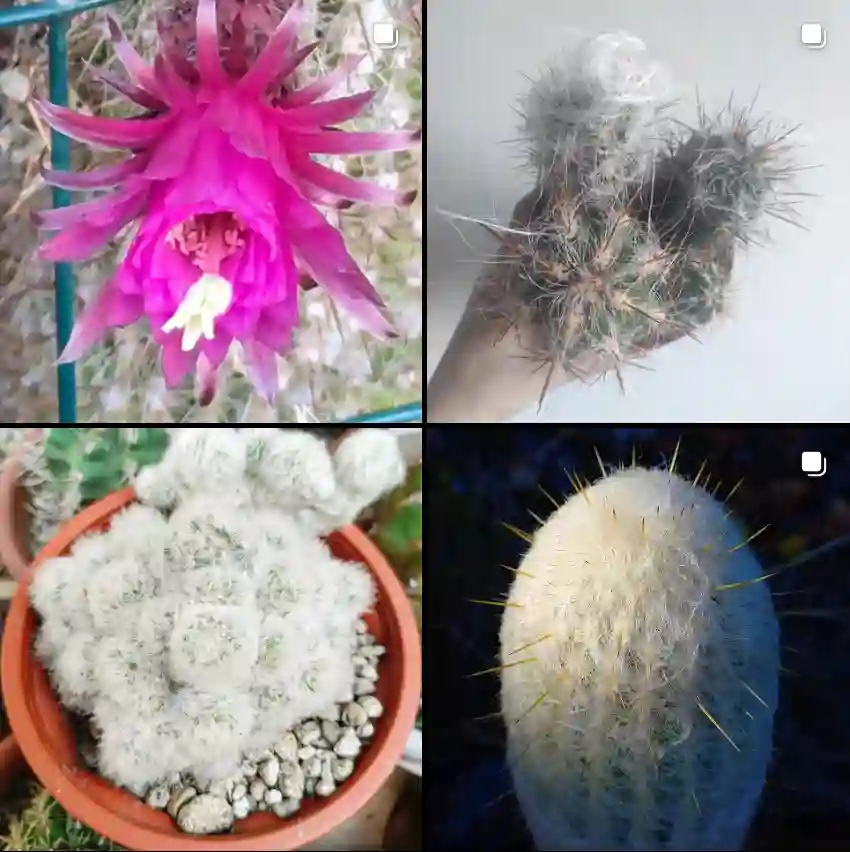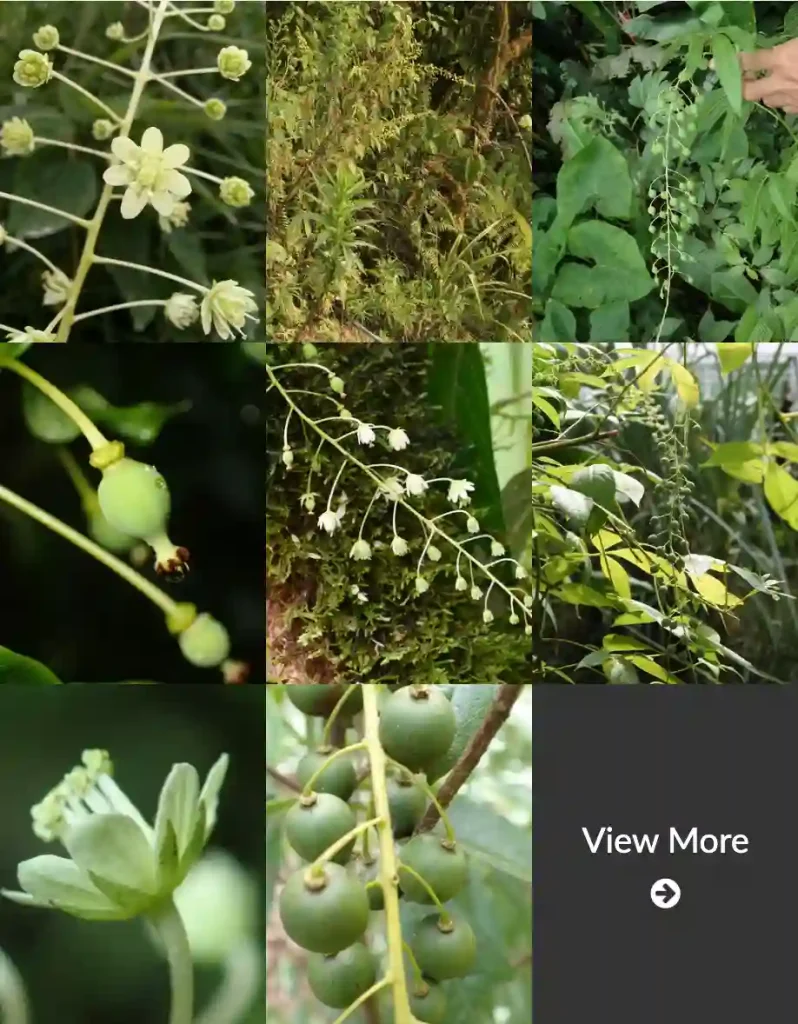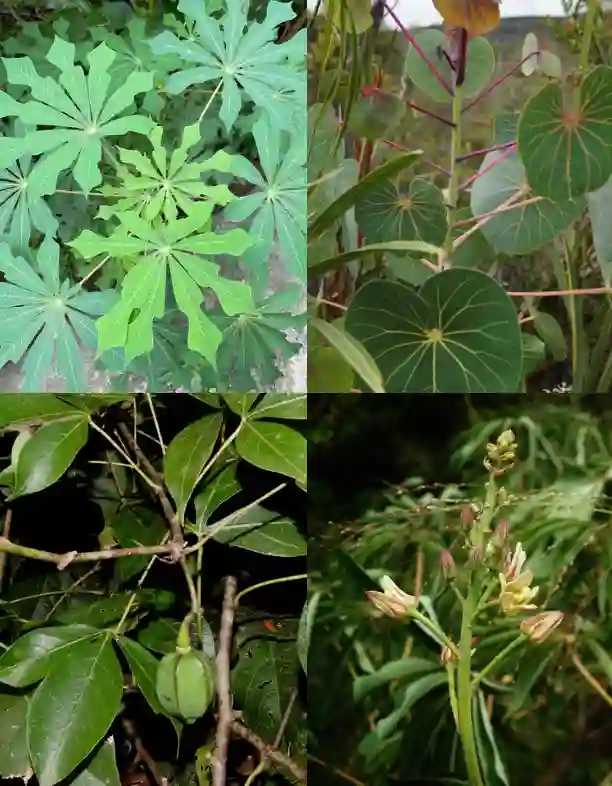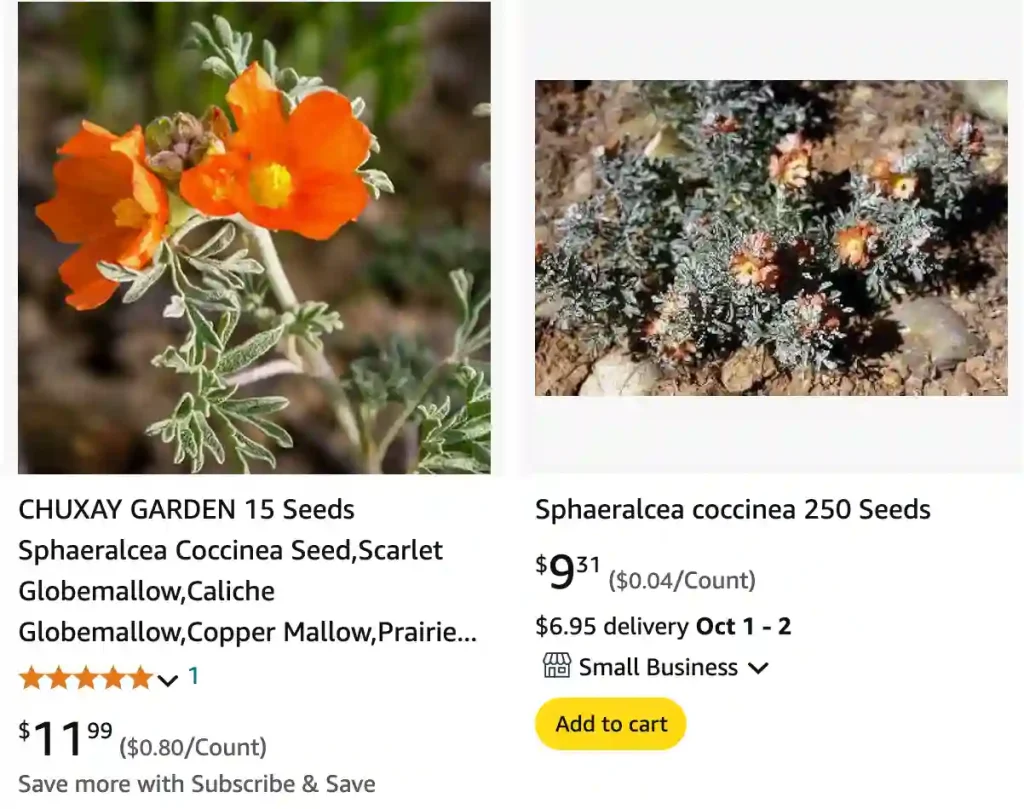
FAQs about Sphaeralcea Coccinea: My Personal Experience
Sphaeralcea Coccinea, or Scarlet Globemallow, is a plant I’ve come to admire over the years. Native to North America, this drought-tolerant perennial has a lot to offer in both beauty and resilience. In this article, I’ll walk through some frequently asked questions about Sphaeralcea Coccinea based on my own experience growing and caring for it. Whether you’re curious about its care, propagation, or benefits, I’ll cover it all.
What is Sphaeralcea Coccinea?
Sphaeralcea Coccinea, commonly known as Scarlet Globemallow, belong to the Malvaceae family, is a hardy perennial that thrives in dry, arid environments. I’ve seen it in regions with sandy or rocky soil, which makes sense given its natural habitat. It produces striking orange to red flowers that bloom in clusters from late spring through summer. The plant’s leaves are grey-green and fuzzy, which adds a unique texture to the landscape. It grows low to the ground, spreading through rhizomes, and reaches about 6 to 18 inches in height.
Plant Family: 246 Genera in Malvaceae
How to Care for Sphaeralcea Coccinea?
Caring for Sphaeralcea Coccinea is relatively easy, which is why it’s one of my go-to plants for low-maintenance gardens. It thrives in full sun and dry, well-draining soil. I’ve found that it doesn’t need much water, which makes it perfect for xeriscaping or areas prone to drought. In fact, overwatering can be a problem. I only water mine occasionally, especially during extremely dry spells, but it otherwise thrives on neglect.
I also like to prune it back in late winter or early spring to encourage new growth. This helps the plant look tidy and promotes more vigorous flowering. As for feeding, Sphaeralcea Coccinea doesn’t need much fertilization. Once a year, I might apply a light dose of balanced fertilizer, but it’s not really necessary.
How to Propagate Sphaeralcea Coccinea?
Propagating Sphaeralcea Coccinea can be done through seeds or by dividing its rhizomes. I prefer starting it from seed, which is fairly straightforward. I’ve had good success sowing seeds in the fall, directly in the soil. You can also start seeds indoors in late winter if you want to give them a head start. The seeds need light to germinate, so I just press them into the surface of the soil without covering them too much.
Division is another option. The plant spreads via underground rhizomes, and I’ve successfully divided mature plants in early spring. Simply dig up the plant, split the rhizomes, and replant them in a well-draining area. Both methods work well, but seed propagation is more rewarding in my experience.
Can You Grow Sphaeralcea Coccinea Indoors?
I wouldn’t recommend growing Sphaeralcea Coccinea indoors. While it’s a resilient plant, it thrives in outdoor environments with full sun and dry conditions. Indoors, it’s hard to replicate the bright light and airflow that this plant needs. If you must grow it indoors, make sure it’s in the sunniest spot possible, and be cautious not to overwater it. That said, it really shines in outdoor landscapes where it can spread and show off its flowers.
Is Sphaeralcea Coccinea Toxic?
To my knowledge, Sphaeralcea Coccinea is not toxic to humans or pets. I’ve never had any issues with my pets around it, and I’ve never heard of any toxicity concerns. However, like with any plant, it’s always a good idea to monitor your pets and children around it, especially if they have a habit of chewing on plants.
What to Plant with Sphaeralcea Coccinea?
When it comes to companion planting, I like to pair Sphaeralcea Coccinea with other drought-tolerant perennials. Plants like Penstemon, Salvia, and Echinacea make great companions. These plants share similar growing conditions and together create a striking display of color and texture. I also love how Sphaeralcea Coccinea’s low-growing habit contrasts with taller perennials, adding dimension to the landscape.
What Are the Benefits of Sphaeralcea Coccinea?
One of the biggest benefits of Sphaeralcea Coccinea is its drought tolerance. I don’t have to worry about it during long dry spells, which makes it a great choice for water-wise gardening. Its flowers also attract pollinators like bees and butterflies, adding ecological value to the garden. Additionally, its extensive root system helps control soil erosion, making it useful for stabilizing slopes or other challenging areas.
Common Problems with Sphaeralcea Coccinea
While Sphaeralcea Coccinea is generally a low-maintenance plant, there are a few issues I’ve noticed. Overwatering can lead to root rot, so it’s important to let the soil dry out between watering. I also occasionally see powdery mildew on the leaves, especially during humid conditions. In such cases, I just make sure the plant has plenty of air circulation by thinning out nearby plants.
How Does Sphaeralcea Coccinea Compare with Similar Plants?
Sphaeralcea Coccinea is sometimes confused with other species in the mallow family, like Sphaeralcea Ambigua. While both plants share similar flower colors and growth habits, Sphaeralcea Ambigua tends to grow taller and has larger flowers. In my experience, Sphaeralcea Coccinea is better suited for ground cover, whereas Sphaeralcea Ambigua works well as a more prominent feature in the garden.
Final Thoughts
Sphaeralcea Coccinea is a fantastic plant for anyone looking for a low-maintenance, drought-tolerant option that also provides vibrant color and ecological benefits. From my experience, it’s easy to grow, propagate, and care for. Whether you’re an experienced gardener or a beginner, Sphaeralcea Coccinea will reward you with its resilience and beauty.
If i die, water my plants!
